A monumental shift is underway in artificial intelligence – generative models that create original content and offerings on demand instead of just analyzing data reactively. DALL-E’s art and ChatGPT’s text provide early glimpses of the exponential change ahead as creative AI diffuses across the economy. But thoughtfully governing this abundance remains critical. This guide explores pragmatic approaches for leaders seeking to integrate creative AI responsibly.
The Rise of Automated Creativity
A paradigm shift in AI is emerging – from pattern recognition to generative creation. Technologies like GPT-3, DALL-E and AlphaFold demonstrate expanding abilities to autonomously produce novel text, images, voices, 3D structures, and more from scratch.
By synthesizing new artifacts rather than just categorizing data, creative AI unlocks exponentially greater applications. Its generative potential is constrained only by available data, computing power and human ingenuity.
Key techniques enabling this automated creativity revolution include:
- Generative text – algorithms craft written content using natural language models.
- Generative images – neural networks create original images and art from text prompts.
- Generative 3D/CAD – models design objects, furniture, architecture, industrial parts.
- Generative voices – advanced speech synthesis makes virtual assistants sound more natural.
- Generative video/animation – tools produce films from text descriptions.
- Generative music/audio – compose customized soundscapes tailored to parameters.
- Generative code – AI that writes simple software programs based on specifications.
By expanding from data analysis to conceptual imagination, creative AI promises to reshape entertainment, media, design, manufacturing and more over the coming decade.
Applications Across Industries
Thoughtfully implemented, creative AI offers enterprises:
- Personalized design – individualized product images/specs and on-demand manufacturing.
- Automated content – AI-generated articles, social posts, video animations, voiceovers.
- Immersive digital environments – interactive avatars, simulated spaces.
- Data humanization – automated data visualization and report generation.
- Intelligent assistants – chatbots with personalized voices and contextual responses.
- Rapid prototypes – quickly generate 3D models, architectural renders, app wireframes.
- Workflow enhancement – document summarization, analysis automation, content moderation.
Creative AI can unlock new value at scale while maintaining human oversight over final curation and release.
Addressing the Risks However, as with any dual-use technology, prudent risk mitigation remains critical:
- Output quality – monitor for false information, harmful bias, plagiarism requiring review.
- Information security – preempt data exposure by scrubbing inputs.
- Legal compliance – navigate varied regulations around content rights, data usage, disclosure.
- Job impacts – provide transition support to displaced roles across creative fields.
- Ethical risks – guard against potential dehumanization, manipulation, and deception.
- Overreliance – maintain human control appropriate to each use case.
With foresight and care, we can steer creative AI toward broad prosperity.
Integrating Responsibly Pragmatic approaches for adoption include:
- Maintain human creative direction – AI generates, humans curate. Balance automation and craft.
- Conduct manual reviews pre-release – don’t fully automate end-to-end.
- Engineer transparently – enable visibility into how outputs are produced.
- Establish strict appropriate use guardrails aligned to ethics and values.
- Scrub confidential data from inputs. Prioritize security.
- Disclose AI source where relevant through watermarks, labels.
- Continuously monitor outputs – rapidly flag issues for human review.
- Embed ethics principles across the model development lifecycle.
Creative AI merits thoughtful oversight but its responsible integration can drive immense innovation.
The Future with AI Creation
Leaders today have profound opportunities and duties to direct this new AI paradigm toward expanding human potential rather than concentrating gains.
If cultivated positively, creative AI could democratize art, knowledge and culture – empowering entrepreneurs, enriching education and bringing customization to all. But we must ensure it remains human-centric by design.
With ethics and wisdom, we can write the next chapter of technological progress – but in service of shared prosperity. While much remains uncertain, our collective trajectory depends on the choices we make today. Business leaders play an essential role in stewarding this transformation. Together, we can realize AI’s creative promise for all.




